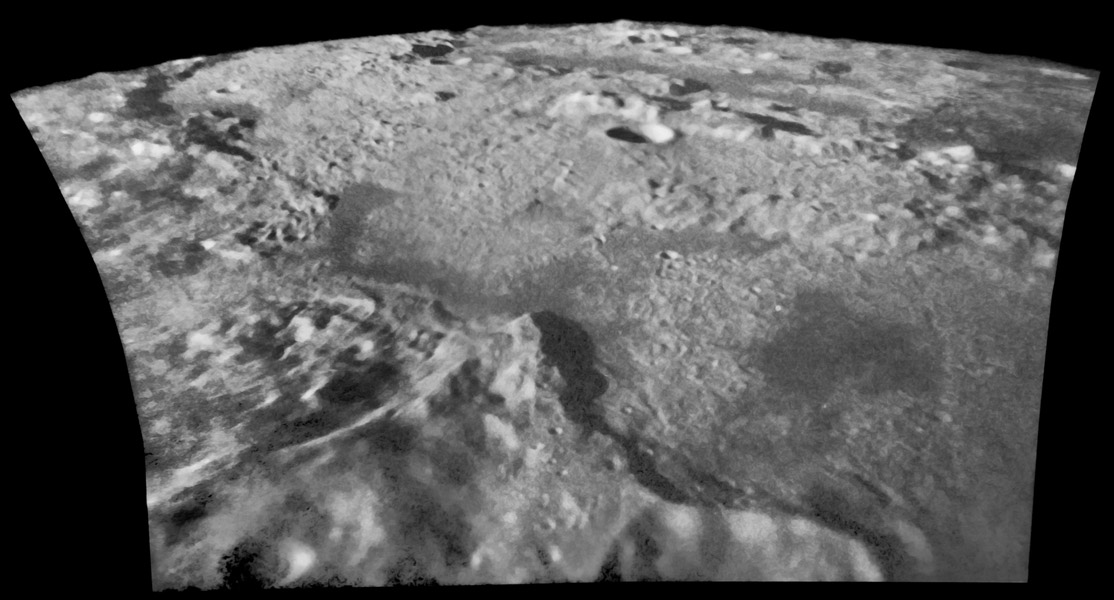Difference between revisions of "October 6, 2012"
| Line 13: | Line 13: | ||
Rükl plate VII<br /> | Rükl plate VII<br /> | ||
<br /> | <br /> | ||
| + | <p><b>Yesterday's LPOD:</b> [[October 5, 2012|The Sun Also Rises]] </p> | ||
| + | <p><b>Tomorrow's LPOD:</b> [[October 7, 2012|Stunning Serenitatis]] </p> | ||
<hr /> | <hr /> | ||
| − | |||
| − | |||
| − | |||
| − | |||
| − | |||
| − | |||
| − | |||
| − | |||
| − | |||
| − | |||
| − | |||
| − | |||
Revision as of 11:25, 7 February 2015
An Overlooked Gem

image by Ted Stryk
Ted Stryk is a magician at finding and recovering overlooked lunar images. Now he presents a view that I never knew of, and perhaps you didn't either. This nice low oblique shot comes from Apollo 17. It is a mosaic of three 35 mm frames of the northeast corner of the Orientale Basin. The photos (they were that, not electronic images) were badly underexposed, having only Earthshine for illumination, but Ted has rehabilitated them, The view is different from any other Orientale image I've seen; it looks from the northeast across the Cordillera Mountains; Schlüter A is the crater partially shown at bottom right. The patches of dark mare material make up Lacus Autumni, and the hilly terrain around the patches is Orientale ejecta, showing that the Cordillera is not the rim of the basin, but probably the Rook Mountains are. The Rook are just behind the sharp-rimmed simple crater Lallemand with its half-bright and half-shadowed interior. Less easily seen is Lacus Veris just inside the Rook Mountains, and is that Kopff at the right edge of the limb? Because Orientale was always hard to see from Earth and its mountains have no prominent peaks there were few named and lettered features. I suggest that the peak above the bottom center of the mosaic (about 82.2°W, 11.5°S) is massive and distinctive, and worthy of a designation - what would be a good name?
Chuck Wood
I am traveling this weekend so am happy to reuse this overlooked gem of an LPOD from Aug 1, 2008. There were 7 comments when this was originally posted - use today's page's Comment section to continue the discussion.
Related Link
Rükl plate VII
Yesterday's LPOD: The Sun Also Rises
Tomorrow's LPOD: Stunning Serenitatis



